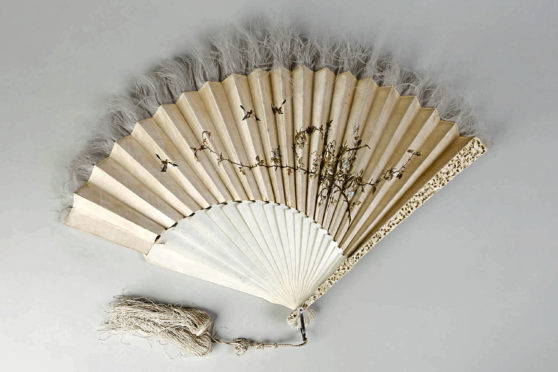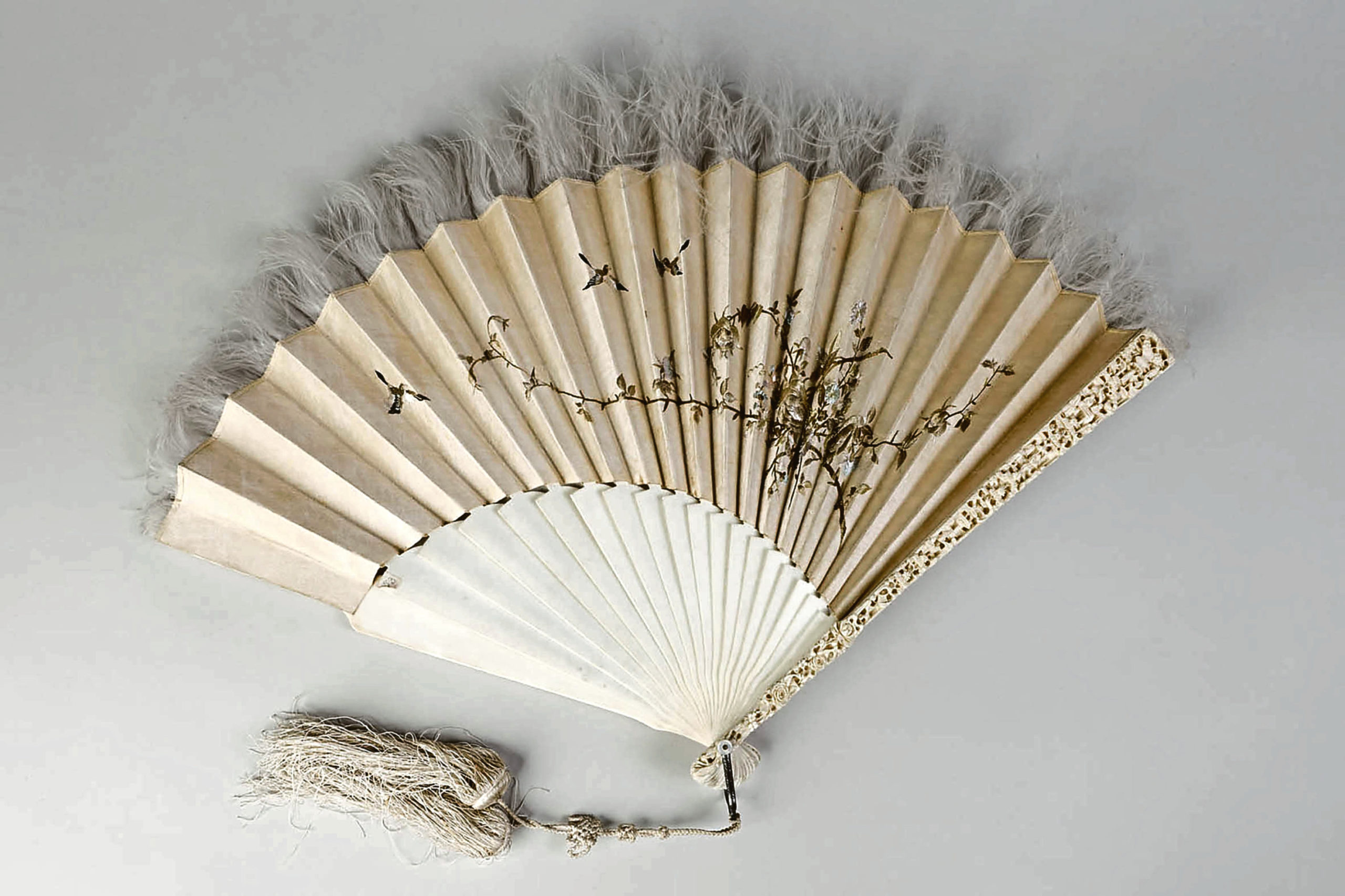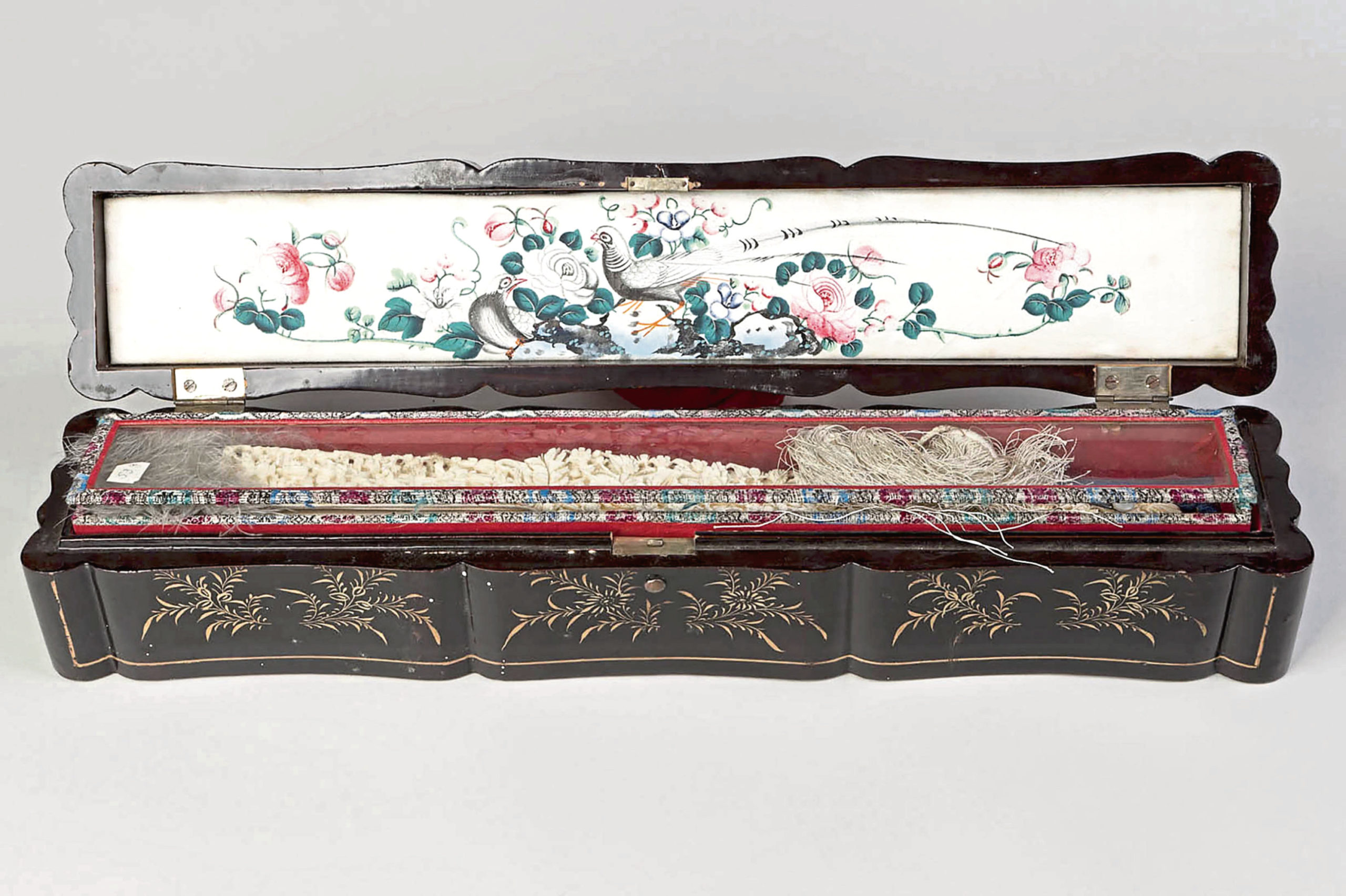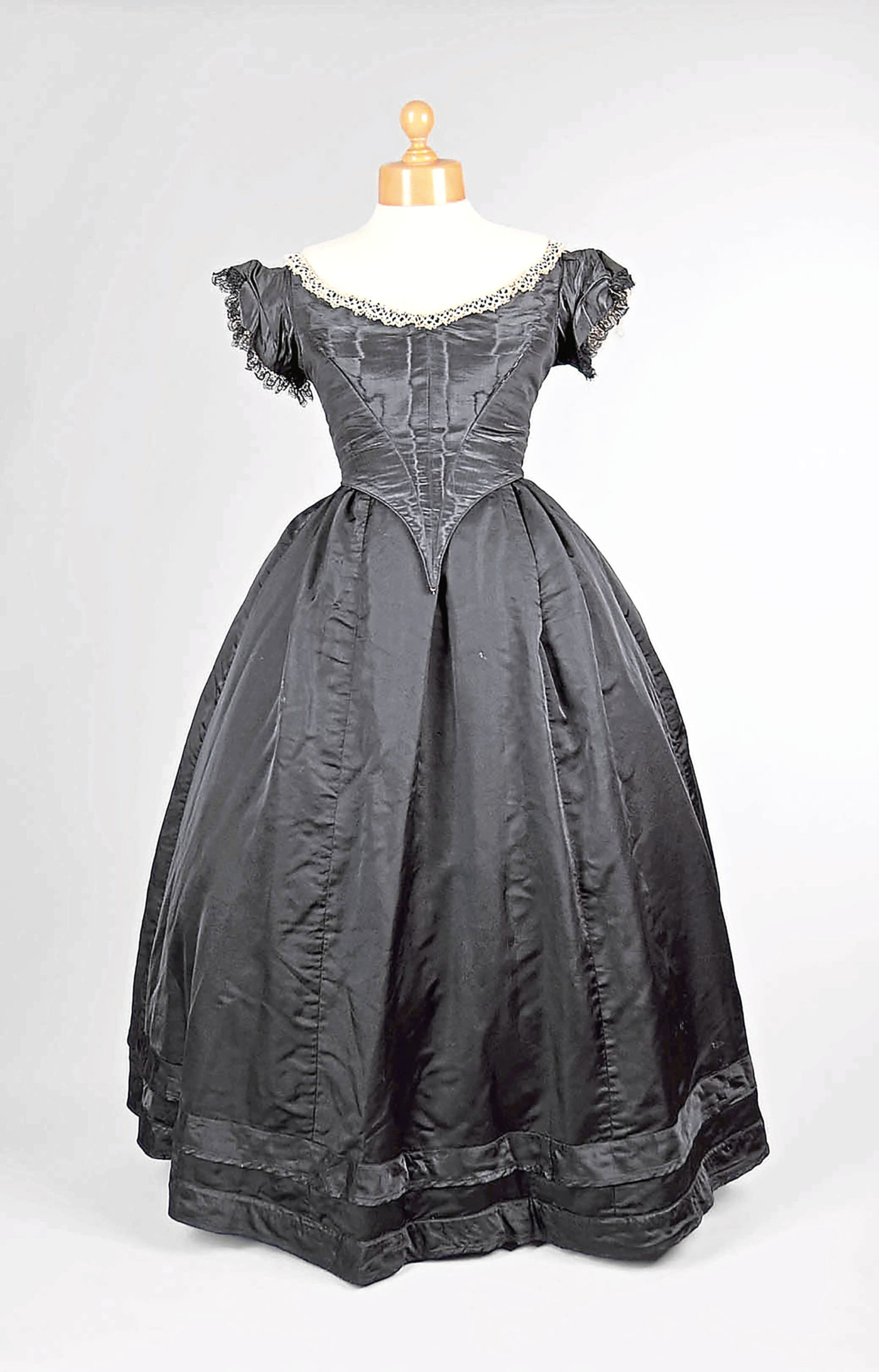As we grapple with the coronavirus outbreak in these unprecendented times, measures such as “social distancing” have become a prominent feature of everyday life.
Fashion may not be the first thing that comes to mind when we think of deliberately increasing the physical space between us, but clothing has long served as a useful way to lessen close contact with others.
In this current crisis, face masks have become a fashion accessory that signals “stay away”, however, it doesn’t take a worldwide pandemic for people to want to keep others at arm’s length. In the past, maintaining distance was an important aspect of public life.
Handheld fans have been part of Chinese culture for at least 3,000 years. Fans made their way to Europe through trade and were popular from the 13th and 14th Centuries onwards, where they became an essential accessory for well-to-do women.
The upper echelons of European society adhered to strict rules of etiquette. A woman’s means of freely expressing herself was through coded messaging using her fan. A woman’s outfit was not complete without this accessory, and she would use it to send messages to friends – or to a crush.
Love could be communicated to her admirers by pressing the fan against her cheek, while hate would be conveyed by drawing the fan through her hand. Fanning fast meant she was engaged and putting the fan handle to her lips meant “kiss me”!
This fan, made of ivory, mother of pearl and silk, was owned by James Cromar Watt. He was an artist, architect, jeweller and a collector of Asian artefacts, born in Aberdeen in 1862. This type of fan is typical of those made in China in large quantities for export and were fashionable among Victorian ladies. The fan has its own brown lacquer box featuring gold-painted decoration on the outside.
The Victorian black mourning crinoline has an extremely full skirt. The voluminous dress was used to create a barrier between men and women in social settings. It mandated that a suitor would keep a safe distance away from the wearer’s body.
Fashion can be the perfect tool for maintaining social distance. It’s too early to tell what new fashions and styles will emerge from this pandemic, but for now, pyjamas are a popular choice for some of us…













